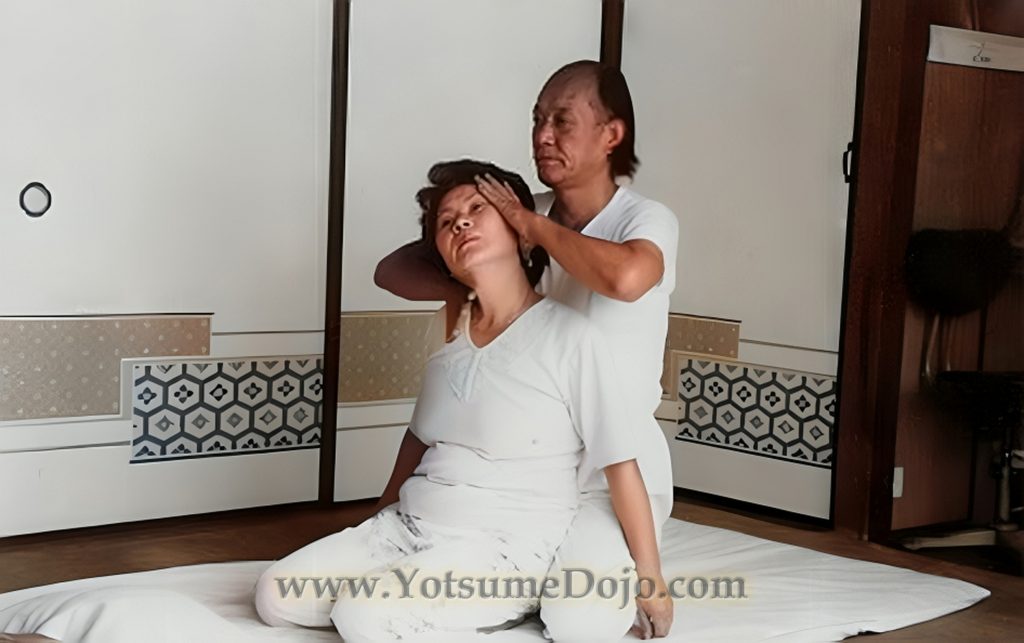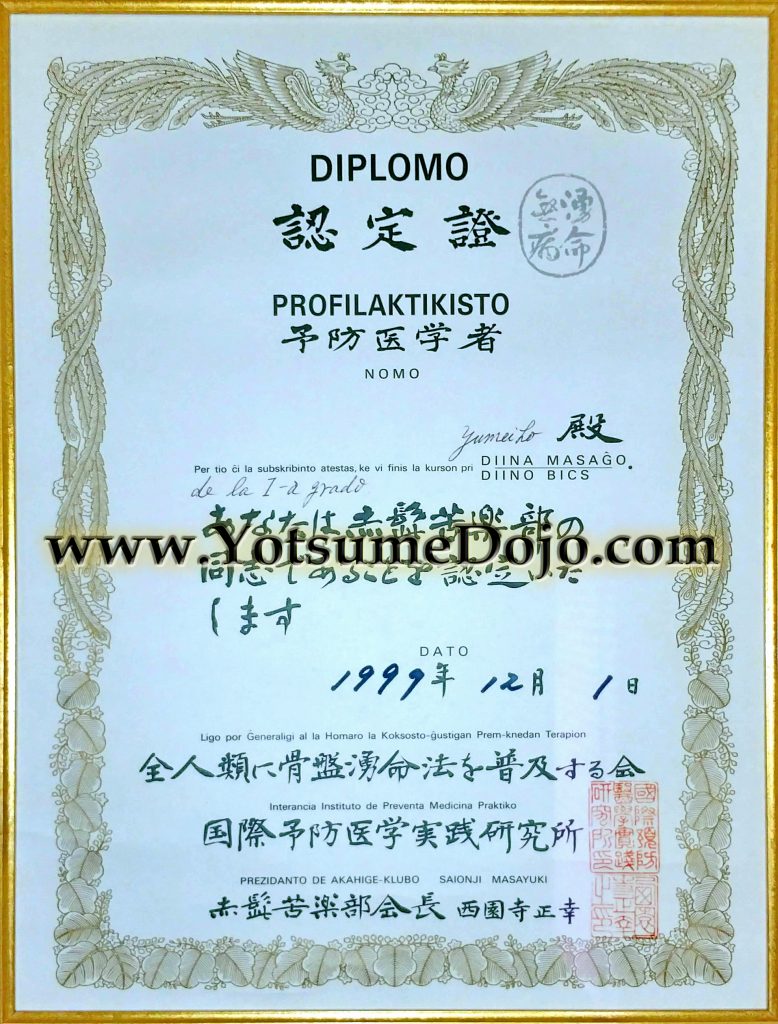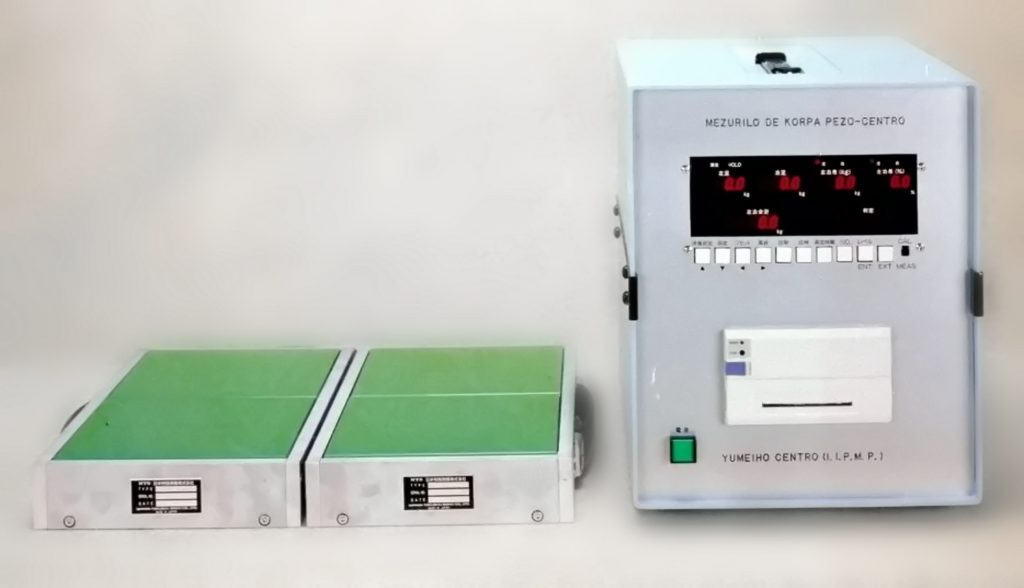Kotsuban Yūmeihō 骨盤湧命法
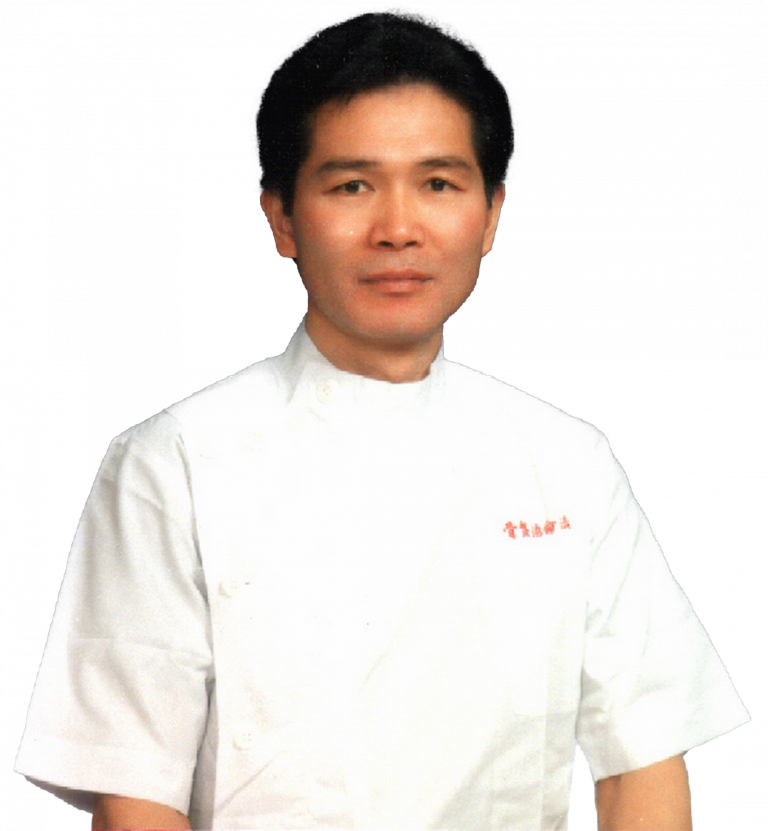
(Nov/18/1943 - Feb/28/2005)
Founder of Kotsuban Yumeiho International Institute of Preventative Medicine
What is Kotsuban Yumeiho?
Kotsuban Yūmeihō 骨盤湧命法 is a pressure kneading and adjustment therapy which cures many illnesses without the use of medicine. It was created in 1978 by Masayuki Saionji, a Japanese Esperantist. In 1975 Saionji Sensei met “Shuichi Ono Hidekazu”, a well known master of Seitai Ho 整体法 (manual healing method designed to balance the human physiology starting from postural adjustment by applying certain procedures of myo-articular functional balancing, point therapy, massage and joint manipulation). Master Shuichi Ono Hidekazu had founded his therapeutic procedures based on a long study of the Zheng Ti Fa 证题法 rehabilitation techniques applied within the Buddhist monasteries of China and within the famous Shao Lin monastery and others.
Saionji Sensei, after studying many ancient methods in Japan and China which included Anma, Seitai Ho and Shiatsu, he picked the most effective techniques and created this new therapy. In Yumeiho, the therapist massages the patient’s muscles and corrects all the joints. Yumeiho therapy consists of 100 base techniques. Many patients, having been rejected by doctors and having given up hope for a cure, after receiving Yumeiho became healthy and return to ordinary life. The full name of this art is called the “Oriental Special Goddess Massage” or “Hipbone Correcting Kneading and Pressing Therapy” also, “The Spring of Life Cause Killing Therapy”.
Which Illnesses Does Yumeiho Cure?
Many illnesses can be cured by Yumeiho, for example: lumbago, ischialgia (sciatica), pain in the hip joints, knees, ankles, toes and ribs; low body temperature, various headaches, stiffness or pain in the shoulders, constipation, diarrhea, women’s illnesses, for example: menstrual pain, irregular menstruation, infertility; illnesses of the liver, stomach, intestines, heart, pancreas, kidneys, spleen, bladder etcetera. Yumeiho also cures hypertension and hypotension. In addition, it can improve and cure serious diseases, which modern medicine has difficulty curing. For example: muscular dystrophy, Parkinson’s disease, cancer, rheumatism and collagen-illnesses. Yumeiho is effective against obesity, low body weight, baldness, and senility.
The Three Major Components of Kotsuban Yumeiho
- Jushin Setsu 重心説 Center of Gravity Balance Theory
- Osatsu Ho 押擦法 Pressing and Stroking Methods
- Kyosei Ho 矯正法 Structural Diagnosis & Realignment Methods
1. Jushin Setsu 重心説 - Center of Gravity Balance Theory
My teacher, Masayuki Saionji Sensei, expressed the secret of his art to me in the following manner:
Gokui wa, Kotsuban Yūmei Jūshin-ron 極意は、骨盤湧命重心論
The secret of the art of Kotsuban Yūmeihō is that the pelvis is the “spring of life”. To unleash the self-healing power of the body, you must understand and master the center of gravity theory (Jūshin-ron 重心論). The “Kotsuban” 骨盤 (pelvis) is the essential pivot of one’s health. When distortions in your pelvis, spine, and joints are corrected, your Chushin Sen 中心線 (Center Line) will become corrected, and health will begin to gush forth from within your body like a spring (Yūmei 湧命).
The theory of Yumeiho is based on the equilibrium of the body. One of the important points is that the body’s weight must be equally distributed on both legs. But in the majority of people, this is not the case. Almost no one has equally strong legs. Through long experience, we have found that in most people, one leg is longer than the other, and because of this they use their legs unequally. According to the theory of Yumeiho, this inequality is caused by the displacement of the hipbone. Yumeiho strives to relocate the hipbone. We diagnose this inequality by touching the points of the hipbone and also by comparing the length of both legs.
To do this more practically and precisely, Saionji Sensei invented a measuring device called the Balance Ener, which measures this inequality. A patient stands on 2 metal plates. After a short while, perhaps a minute, the device checks how much of the body weight is on each leg, and the difference in weight between the right and left leg. In this manner the therapist, understanding which leg is weaker and accepts less weight, can begin the therapy. This measurement is done during every session to verify the changes in the body as the therapy progresses. With the help of this apparatus, Yumeiho Therapy research has become more scientific. We can now work more effectively in treating patients.
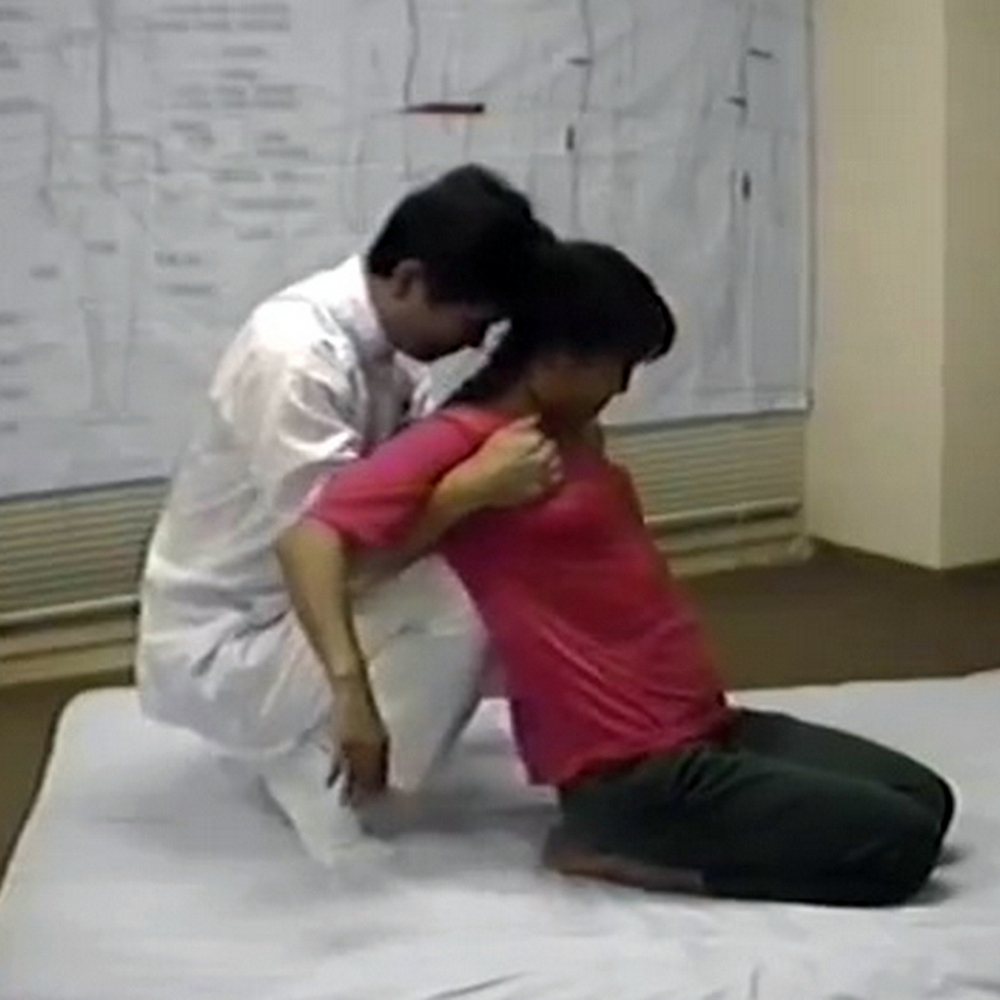
Sekitsui Chōsei 脊椎調整 (Spinal Adjustment)
Using your knees to adjust the spine from the lumbar up to the below the scapula bone.
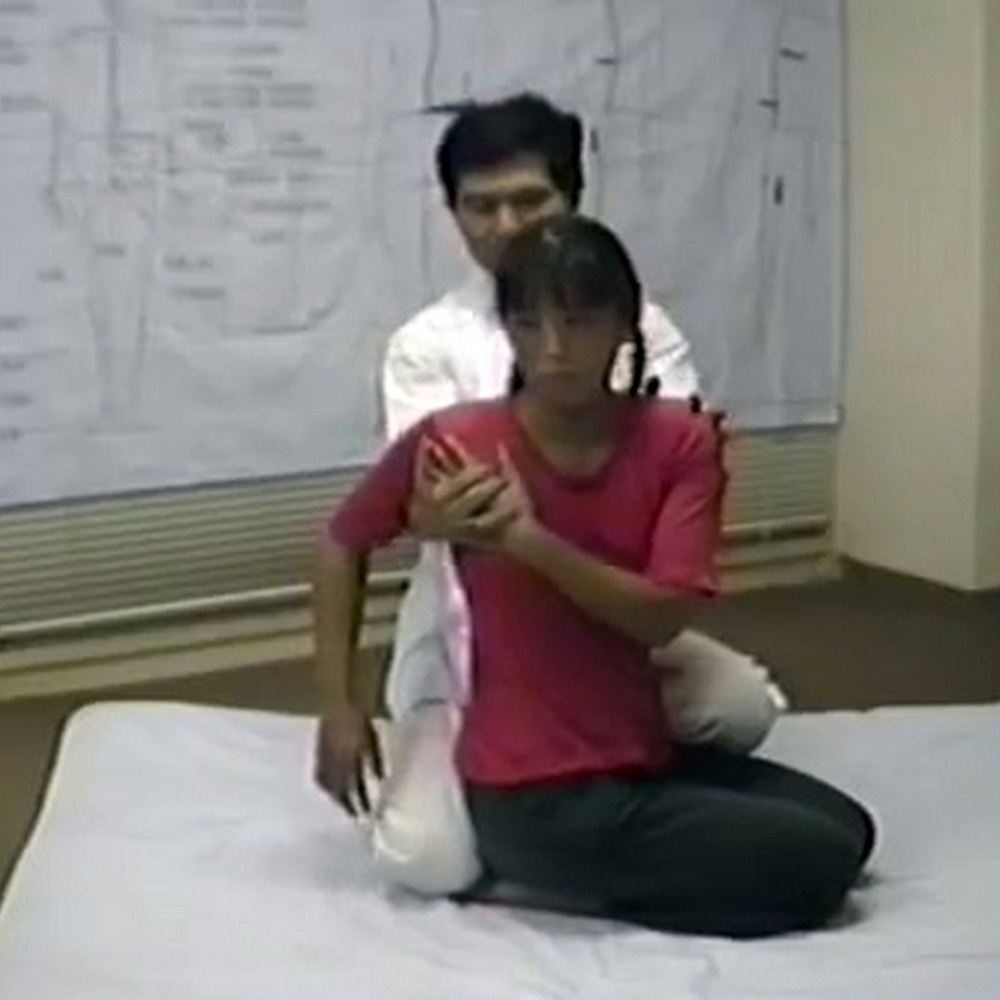
2. Osatsu Ho 押擦法
Yumeiho includes two main categories of techniques: the “Corrective Method” and the “Kneading Method”. The Corrective Method restores the right position of joints in the body while the Kneading Method works deeply on the muscles to release the tension in them and improve the blood and lymph circulation.
3. Kyosei Ho 矯正法
Yumeiho includes two main categories of techniques: the “Corrective Method” and the “Kneading Method”. The Corrective Method restores the right position of joints in the body while the Kneading Method works deeply on the muscles to release the tension in them and improve the blood and lymph circulation.
Theory of Hipbone Displacement & Disease
Chushin Setsu 中心説 is the “Centerline Theory” of health and wellness. It states that our body weight must rest equally between our right and left legs. Our chosen lifestyle, habits, injuries, and being away from nature are some of the main factors that weaken our legs and hips. Another major factor to displacement of our hipbones is passage through the birth canal of our mother. The process of birth can lead to a congenital condition in our hips leading to the experience of many disorders later in life, if not properly diagnosed and corrected at an early age. In Japanese, the term for hipbone is “Kotsuban”. Kotsu-ban when broken down means an essential pivot. This indicates to us that the hipbones are an “essential pivot” in our lives as to whether we will experience health or be plagued by disease.
If one of our legs is weak, our weight will rest on the stronger leg. If both of our legs are weak, our weight will be placed on one leg first and when that leg gets tired, it will shift to the other more rested leg. The more serious the leg and hip weakness is, the more frequently the weight-shifting pattern will take place.
This shifting back and forth between our stronger and weaker legs will happen in a sort of biorhythm leading to many functional disorders and diseases in our lives, without us knowing the true hidden root or cause of the problem. In theory, prolonged weight displacement over one leg will over stimulate the nerves on that side of the body retarding their function and eventually leading to the stagnation of Kiketsu (blood and energy) in the leg. This process in time will harden or stiffen the muscles of the affected leg, leading to deeper distortions in our posture as it travels up the body affecting our spinal alignment.
In conclusion, a vast majority of disorders and diseases can all be traced back to the health of our hipbones. Disorders and diseases can be categorized as right hipbone displacement, left hipbone displacement, or combination hipbone displacement.

